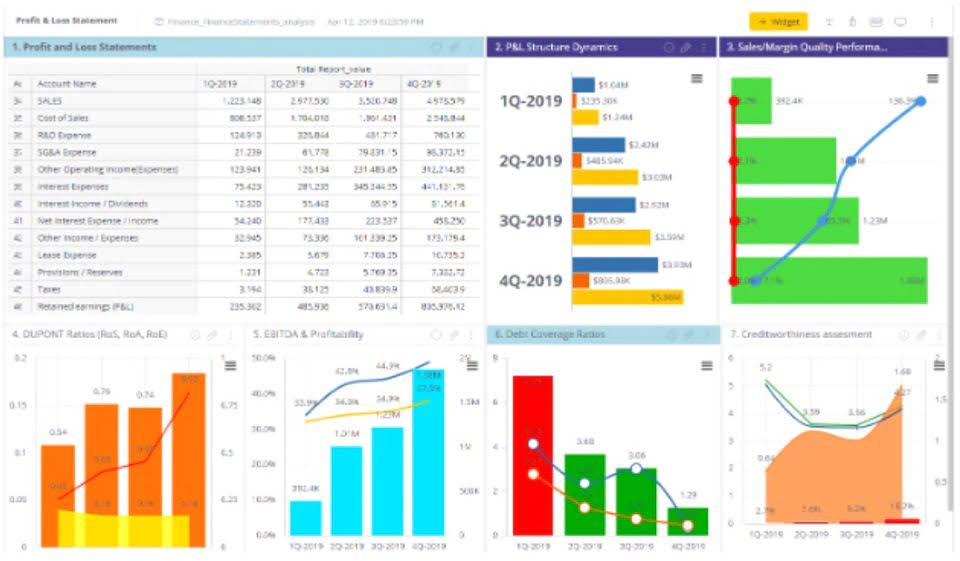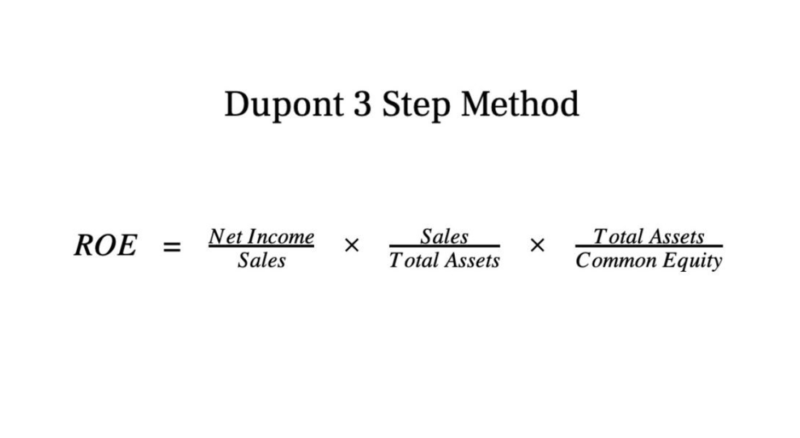
Additionally, any inventory left over at the end of the financial year does not affect cost of goods sold (COGS). You should consult your own professional advisors for advice directly relating to your business or before taking action in relation to any of the content provided. After that sale, your ending inventory is the remaining eight fifo calculation method shirts. To calculate the inventory value, multiply the number of shirts remaining by this value. In February, you bought another 10 shirts but now they cost $60 each.
How does the FIFO method affect a company’s financial ratios?
Modern inventory management software like Unleashed helps you track inventory in real time, via the cloud. This gives you access to data on your business financials anywhere in the world, even on mobile, so you can feel confident that what you’re seeing is accurate and up-to-date. Often compared, FIFO and LIFO (last in, first out) are inventory accounting methods that work in opposite ways. Where FIFO assumes that goods coming through the business first are sold first, LIFO assumes that newer goods are sold before older goods. In inventory management, FIFO helps to reduce the risk of carrying expired or otherwise unsellable stock.
Enhances sales forecasting
- The actual flow of inventory may not exactly match the first-in, first-out pattern.
- One of the primary advantages of FIFO is that it often results in a higher valuation for ending inventory.
- This method provides a dynamic and current valuation but can be complex to manage.
- While many businesses calculate their ending inventory annually, it’s often beneficial to perform this task more frequently throughout the year to stay on top of actual inventory costs.
- Despite increasing production costs, Company A retains a consistent sales price of $400 per vacuum.
- This article delves into the intricacies of the FIFO method, providing a comprehensive guide on what it is, how it works, and its advantages and disadvantages.
There you will find a handful of investing and business management tools that will definitely impress you. If you wonder how much is your inventory value, you can use our great online FIFO calculator to find it out. Inventory is valued at cost unless it is likely to be sold for a lower amount. On the other hand, Periodic inventory systems are used to reverse engineer the value of ending inventory. The example above shows how a perpetual inventory system works when applying the FIFO method. Finding the value of ending inventory using the FIFO method can be tricky unless you familiarize yourself with the right process.

Pro: Higher valuation for ending inventory

FIFO and LIFO aren’t your only options when it comes to inventory accounting. FIFO is also more straightforward to use and more difficult to manipulate, making it more popular as a financial tool. FIFO is also the best fit for businesses like food producers or fashion retailers who hold inventory that is perishable or dependent on trends. The food and beverage industry https://x.com/BooksTimeInc relies heavily on FIFO to ensure product safety and quality. Given the perishable nature of many products, FIFO helps in minimizing spoilage and waste.

Bertie also wants to know the value of her remaining inventory—she wants her balance sheet to be accurate. Under FIFO, your Cost of Goods Sold (COGS) will be calculated using the unit cost of the oldest inventory first. The value of your ending inventory will then be based on the most recent inventory you purchased. Every time a sale or purchase occurs, they are recorded in their respective ledger accounts. However, as we shall see in following sections, inventory is accounted for separately from purchases and sales through a single adjustment at the year end. During the CCC, accountants increase the inventory value (during production), and then, when the company sells its products, they reduce the inventory value and increase the COGS value.
- Using the FIFO method makes it more difficult to manipulate financial statements, which is why it’s required under the International Financial Reporting Standards.
- A grocery store will usually try to sell their oldest products first so that they’re sold before the expiration date.
- For example, businesses with a beginning inventory of perishable goods will usually choose FIFO, since it’s in their best interest to sell older products before they expire.
- Learn more about what types of businesses use FIFO, real-life examples of FIFO, and the relevance of FIFO with frequently asked questions about the FIFO method.
- However, it is more difficult to calculate and may not be compliant under certain jurisdictions.
- Due to inflation over time, inventory acquired more recently typically costs more than older inventory.
But you don’t have to actually sell your oldest products first to use a FIFO system. Last in, first https://www.bookstime.com/ out (LIFO) is another inventory costing method a company can use to value the cost of goods sold. Instead of selling its oldest inventory first, companies that use the LIFO method sell its newest inventory first.
Leave a Reply